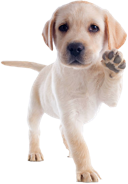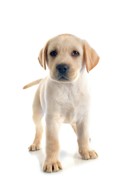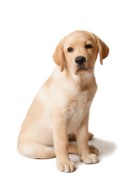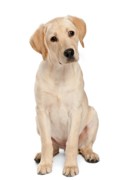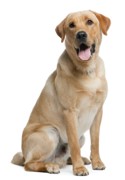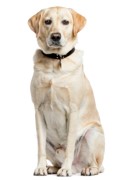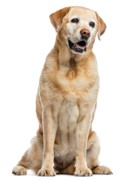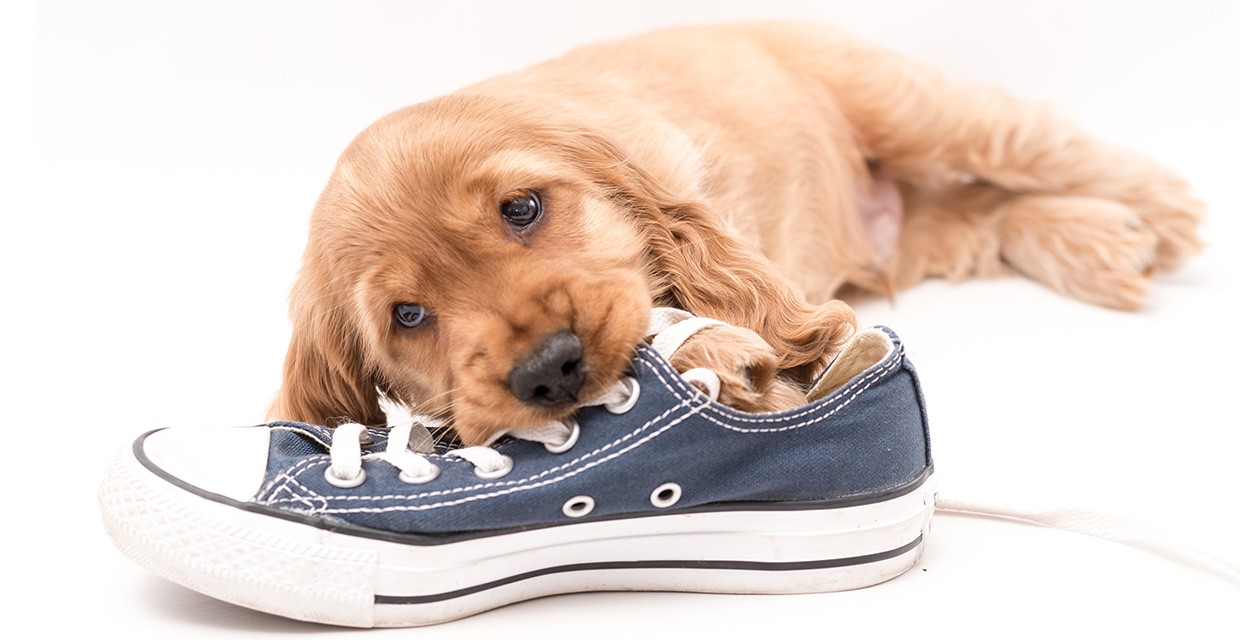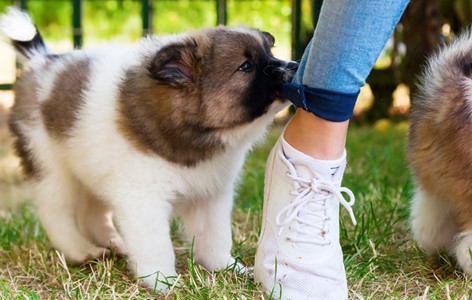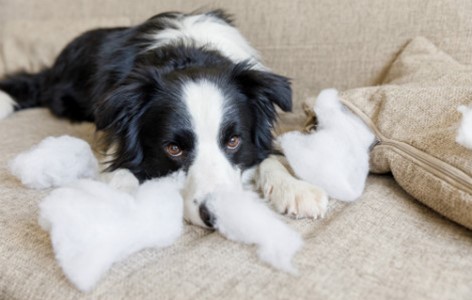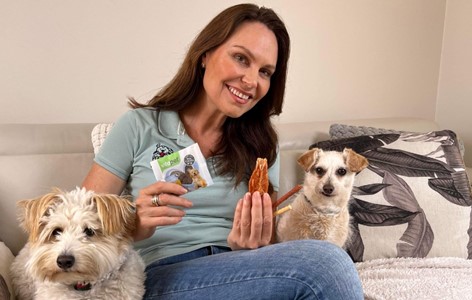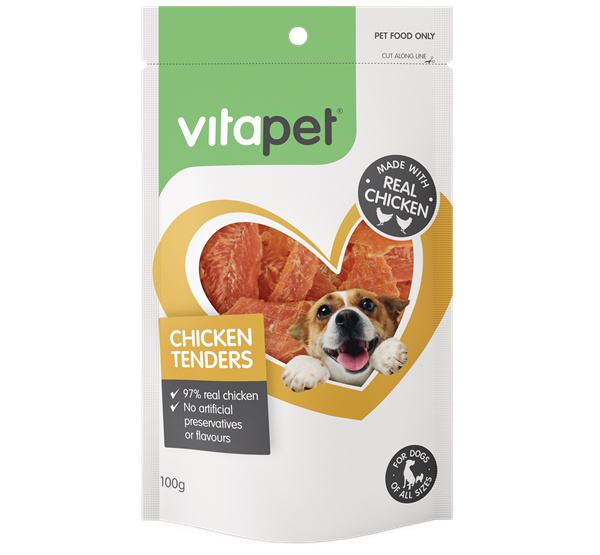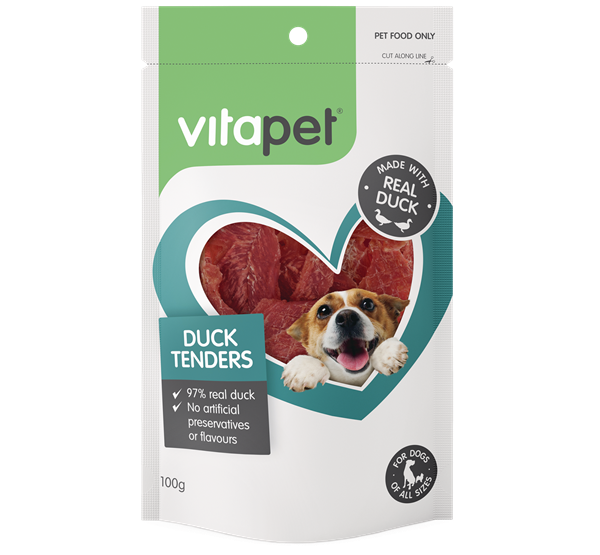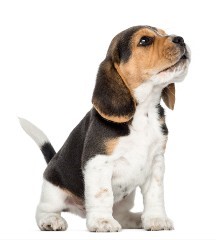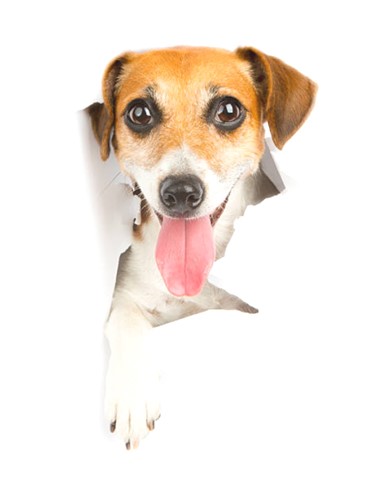Chewing is a normal behaviour for dogs, especially puppies when they’re teething. However, it can become a problem in puppies or dogs who chew excessively or chew on people’s hands, clothes or items we don’t want them to chew.
Why do dogs chew people?
Puppies and adult dogs chew and mouth people for different reasons. Puppies often chew on people’s hands and fingers when they’re teething. Teething causes pain and discomfort in puppies, just as it does in human babies. The action of chewing on a person’s hand or fingers can help relieve the pain and discomfort.
Even though it may seem cute and doesn’t hurt too much when a puppy chews on your hand or fingers, it’s important not to encourage this behaviour.
Otherwise, it may persist into adulthood. As your puppy grows, so do their teeth and their strength. Adult dogs may continue to chew on people because they associate the behaviour with pleasurable feelings, attention or affection.
Some puppies and adult dogs may enjoy chewing on our clothing, which can be problematic because their teeth can easily rip the fabric. It can be great fun for a dog to chew on our clothing while we are walking around. Pulling on our pant cuffs or shoelaces while we walk away makes a terrific tug-of-war game.
Why do dogs chew objects?
It’s also common for puppies and adult dogs to chew objects such as their toys. Chewing objects helps to relieve pain from teething in puppies. Some puppies can be very vigorous and destructive chewers. Although most puppies grow out of their chewing-everything phase, certain dog breeds are known to be heavy chewers. These include Labradors, Beagles, Boxers and Rottweilers.
For some dogs, chewing is a self-soothing behaviour.
Many dogs will chew things to relieve stress or anxiety.
This is especially true for dogs who experience separation anxiety. If left home alone, they may begin to chew on something to relieve their stress and anxiety. This works because the act of chewing releases endorphins in the brain, which have a calming or soothing effect.
Other dogs might chew because they have learned that the behaviour results in a desired consequence, such as attention. For example, you catch Fido in the act of chewing something you don’t want him to, you go to him and give him attention. For some dogs, negative attention, such as being told off, is better than no attention at all. As a result, they learn to repeat the unwanted behaviour when they want attention again.
Sometimes chewing can be quite problematic. For example, when a dog chews on furniture, hoses, household items or dangerous items like sticks, power cords or poisonous plants.
How to stop problem chewing
If your dog is a strong chewer, chews inappropriately or is a breed of dog known to be a heavy chewer, rest assured, there are a few things you can do to help curb their bitey behaviour:
1. Provide appropriate outlets for chewing
Chewing is a normal behaviour and serves a purpose for dogs, so it’s important to provide them with appropriate outlets for their chewing.
A range of different chew toys designed specifically for your dog’s size and chewing level is best.
You can also feed your dog meals using food puzzle toys designed to be chewed. Long-lasting chew treats also provide an excellent outlet for normal chewing behaviour.
2. Ignore the behaviour
If your dog chews to get your attention, you have to ignore the behaviour as much as possible and instead teach your dog that they get your attention for a different behaviour (such as sitting calmly).
Try to avoid leaving things around the house or backyard that might tempt your dog. Instead, have lots of chew toys available.
3. Don’t turn it into a game
Avoid playing tug with your cheeky pup if they’re chewing on you or an item they shouldn’t have, such as a sock. Instead, be still and completely ignore the unwanted chewing. Ask your dog to sit and rather reward the obedient behaviour. Repeat as needed.
4. Identify and relieve their stress/anxiety
If your dog chews to relieve stress or anxiety, try to identify what’s causing it (e.g. separation anxiety) and take steps to address it. Speak to your vet or a qualified behaviourist for assistance.

